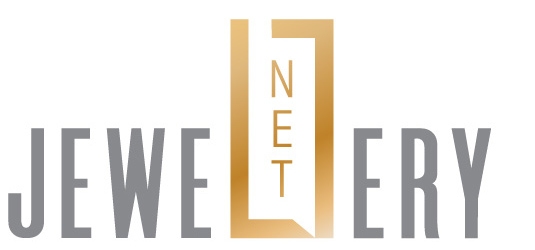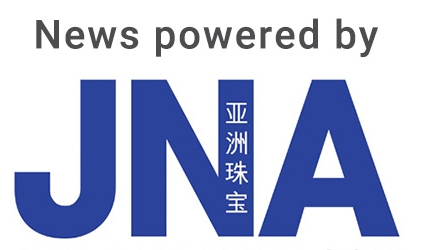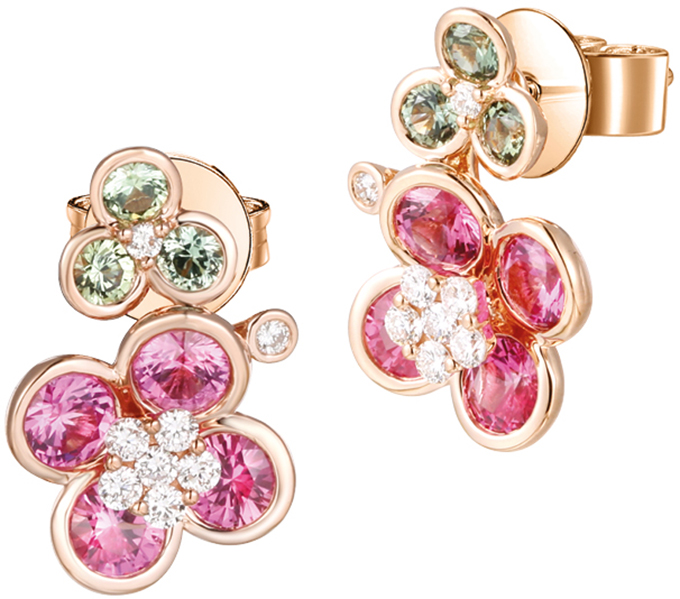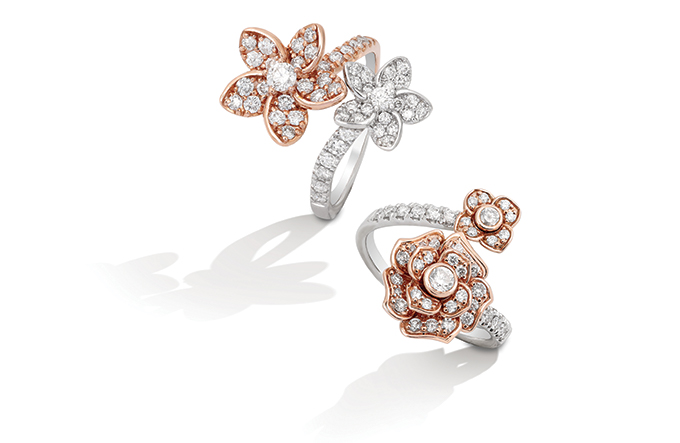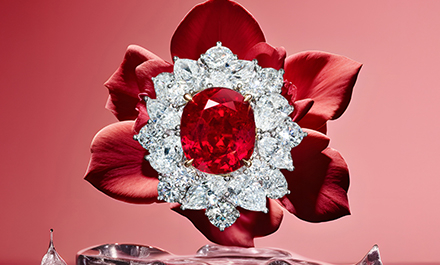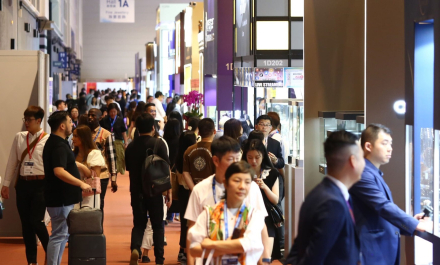Faced with evolving market preferences and innovative ways of doing business, Hong Kong-based jewellers are largely optimistic about the future coming out of the pandemic.
This article first appeared in the JNA July/August 2023 issue.
Hong Kong’s decision to lift restrictive pandemic measures in late 2022 was a turning point for the city’s jewellery industry. Without trade and travel restrictions, in-person events and exhibitions are once again being held in Hong Kong while jewellery exports and retail continue to regain their sparkle.
Government data showed Hong Kong’s jewellery shipments from January to April 2023 rose 0.8 per cent year on year to HK$79.2 billion (approximately US$10.2 billion) while April exports alone were up 11.3 per cent. Jewellery sales meanwhile jumped 84.4 per cent to HK$19.77 billion (about US$2.5 billion) in the first four months of the year and by 75.2 per cent to HK$5.26 billion (around US$671 million) in April.
Tourism numbers likewise improved drastically, with 2.9 million people visiting the city in April 2023 compared to 4,692 last year. From January to April this year, tourist arrivals reached 7.3 million from 16,182 a year ago.
According to Hong Kong jewellery manufacturers, market demand has endured during and after the pandemic, but a new business paradigm is emerging. Jewellery producers are having to innovate strategies and update collections more often as buyers increasingly seek product diversity, exceptional designs and competitive prices.
Changing trends
Jewellers continued to conceptualise and launch new designs even when businesses came to a sudden halt in 2019, revealed Jacky Lam, general manager of Peter Lam Jewellery Ltd. In this way, companies can still do business by presenting new collections to their customers.
Keeping communication lines open remains a crucial business strategy especially with intermittent orders, according to Jacky. Before Covid, it was easier for suppliers to predict when orders would peak and to prepare accordingly.
He explained, “Back then, we knew which months or seasons would be the busiest like Christmas or Chinese New Year, for instance. But economic uncertainties are disrupting buying activity in the market. As such, communication is key. We need to understand our clients’ plans so we can meet their demand. We also need to work harder and be more active in the market.”
Peter Lam has since updated its high-end jewellery offerings to include larger diamonds as well as fancy-shaped diamonds. It has also experimented with a wider range of coloured gemstones to create themed collections and more contemporary designs for the younger market.
The company is likewise shining the spotlight on its men’s jewellery line, which is one of its best-sellers. Peter Lam’s major market is the US.
It has become a must for jewellery manufacturers to offer a more diversified portfolio of products to meet the demands of more discerning buyers, according to Tom Wan, business manager at Wing Wo Hing Jewelry Group Ltd.
Wing Wo Hing, which sells mainly fine and silver pearl jewellery, has clients from the US, Europe and Asia, including China, Vietnam, the Philippines and Thailand.
“Buyers are looking for different kinds of jewellery. Coming out of the pandemic, we see demand for both fine and silver jewellery categories. Orders vary per customer depending on price points and the preferences of their own clients,” noted Wan.
Some customers have been asking for lightweight gold jewellery adorned with pearls while other buyers are seeking more unique pieces, specifically irregularly shaped pearls that are harder to come by. Wan also observed rising demand for unisex designs, especially pearl jewellery for men.
Modern strategies
Kavin To, general manager of Legrand Jewellery (Mfg) Co Ltd, acknowledged the pandemic’s impact on global supply chains and consumer behaviour. He said companies should react swiftly to challenges and adapt new measures to stay competitive and resilient amid adversity – something that Legrand did successfully at the height of Covid-19.
The jeweller took advantage of the global recession to streamline its operations, resulting in enhanced productivity.
“While the pandemic presented financial challenges, we managed to maintain stability by closely monitoring our inventory and adjusting our production and sourcing strategies to align with the changing market demand,” noted To.
Product-wise, fancy sapphire jewellery is steadily gaining popularity in 2023, with strong demand from the US, the company official said. Ruby, sapphire and emerald are also highly favoured in the trade, especially among mainland Chinese and Hong Kong buyers.
Meanwhile, digitalisation is key to mitigating business challenges for Hi-Tech Jewelry Manufacturer Ltd, said company director Kevin Ng.
Hi-Tech Jewelry Manufacturer Ltd is known for its expertise in titanium jewellery design using modern technology. During the pandemic, the company launched “Bling,” a commercial brand distributing jewellery products from other manufacturers. It also partnered with a theme park to launch special collections, effectively expanding its product range.
Digital initiatives can effectively help drive businesses forward, capture a younger demographic and leverage crossover campaigns, continued Ng.
New future
Building and strengthening business relationships have become even more crucial as a result of market uncertainties, To of Legrand said. “Throughout the pandemic, we made it a priority to support our customers, understand market demand and fortify our relationships, and we are keen to follow this path moving forward,” he added.
For his part, Ng of Hi-Tech Jewelry Manufacturer Ltd said Hong Kong jewellers are currently experiencing manpower shortages. Several jewellers have had to downsize during the crisis, going from small and medium enterprises to micro-sized. With people leaving the industry and changing careers, jewellers face the challenge of recruiting more talent.
As a committee member of the Jewellery and Timepiece Training Board of the Hong Kong Vocational Training Council, Ng advocates and promotes jewellery education to entice newcomers to the industry.
He also said that while the pandemic helped expedite the sector’s digital transformation, physical events and face-to-face interactions remain vital to the jewellery trade.
Jacky of Peter Lam shared this sentiment, adding that the resumption of B2B shows will provide impetus for sustained growth and put Hong Kong back on the radar of global businesses.
While companies are counting on continued recovery in the US and China, other emerging markets like Vietnam, Cambodia, Singapore, Malaysia and even the Middle East are gaining global significance and could also provide business opportunities, he added.
Wan of Wing Wo Hing is also looking to Asia to bolster business in 2023 onwards. “Asia is a growing market for jewellers. Improving buying power and economic fundamentals could translate to business opportunities for jewellery manufacturers,” remarked Wan.
